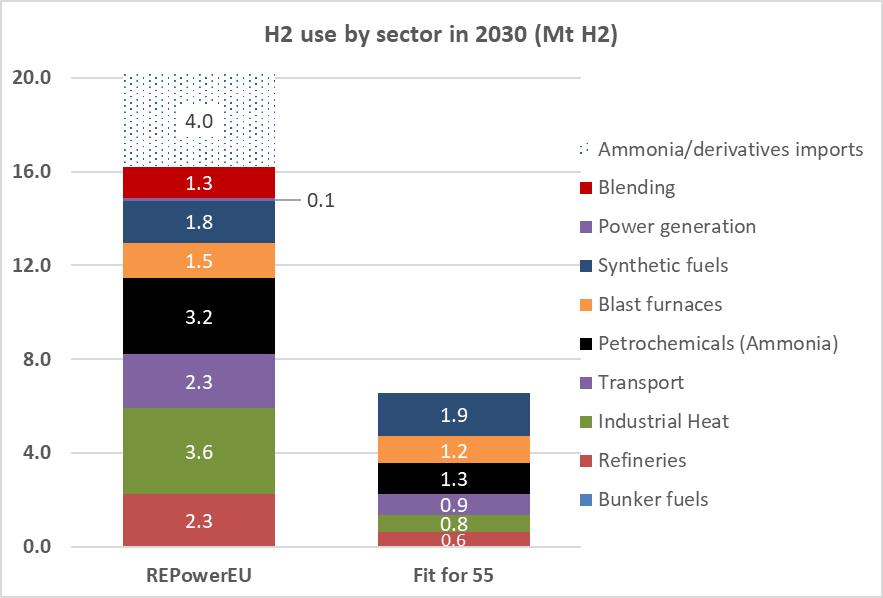RePowerEU: supporting the full switch of existing hydrogen production to renewables
By Julian Atchison on June 01, 2022

The European Commission has announced its latest plan to reduce the EU’s dependence on fossil imports. RePowerEU targets the domestic production of 10 million tonnes per year of renewable hydrogen by 2030, coupled with renewable hydrogen imports of the same magnitude by 2030. New legislation on the definition of renewable hydrogen will follow, and it should be noted there are currently ongoing negotiations between industry players and the Commission over the proposed definition, which in its draft form was seen to inhibit the growing industry.
To encourage a full switch from fossil-based hydrogen to renewable hydrogen, carbon contracts for difference will be used in key industries, as well as the full transition of sectors like steel-making to hydrogen-based processes. RePowerEU also emphasizes acceleration: both in the rollout of renewable generating capacity, and by de-bottle necking the current pipeline of EU hydrogen projects under development.
4 million tonnes of “hydrogen-as-ammonia” imports by 2030

The plan also puts an EU-official figure on renewable ammonia imports. In the draft legal document accompanying the RePowerEU announcement, modeling suggests 4 million tonnes per year of “hydrogen-as-ammonia” will be imported by 2030. This roughly equates to about 20 million tonnes of ammonia. Hydrogen utilisation is also significantly increased under the new plan: 20 million tonnes per year, compared to 7 million tonnes per year proposed in the Fit-for-55 package (with no imports in the latter).
This 20 million tonnes import figure for ammonia is almost certainly conservative. We know that Germany alone is targeting imports of 1.8 million tonnes of clean hydrogen by 2030, with the UAE positioning itself to fulfill most of this demand in the form of CCS ammonia. This week the Port of Rotterdam announced its ambition to supply 4.6 million tonnes of hydrogen to northwest Europe by 2030, with a series of ammonia import agreements under negotiation. And, in a single deal between two organisations, Fortescue Future Industries aims to supply energy giant E.ON with 5 million tonnes of renewable hydrogen per year by 2030. But while the figures may be conservative, the pace at which they are being revised upwards is not. Fit-for-55 was only launched in July 2021, yet RePowerEU has already more than doubled the hydrogen ambitions of the European Commission.
*this article has been updated to reflect a calculation error in hydrogen-as-ammonia imports